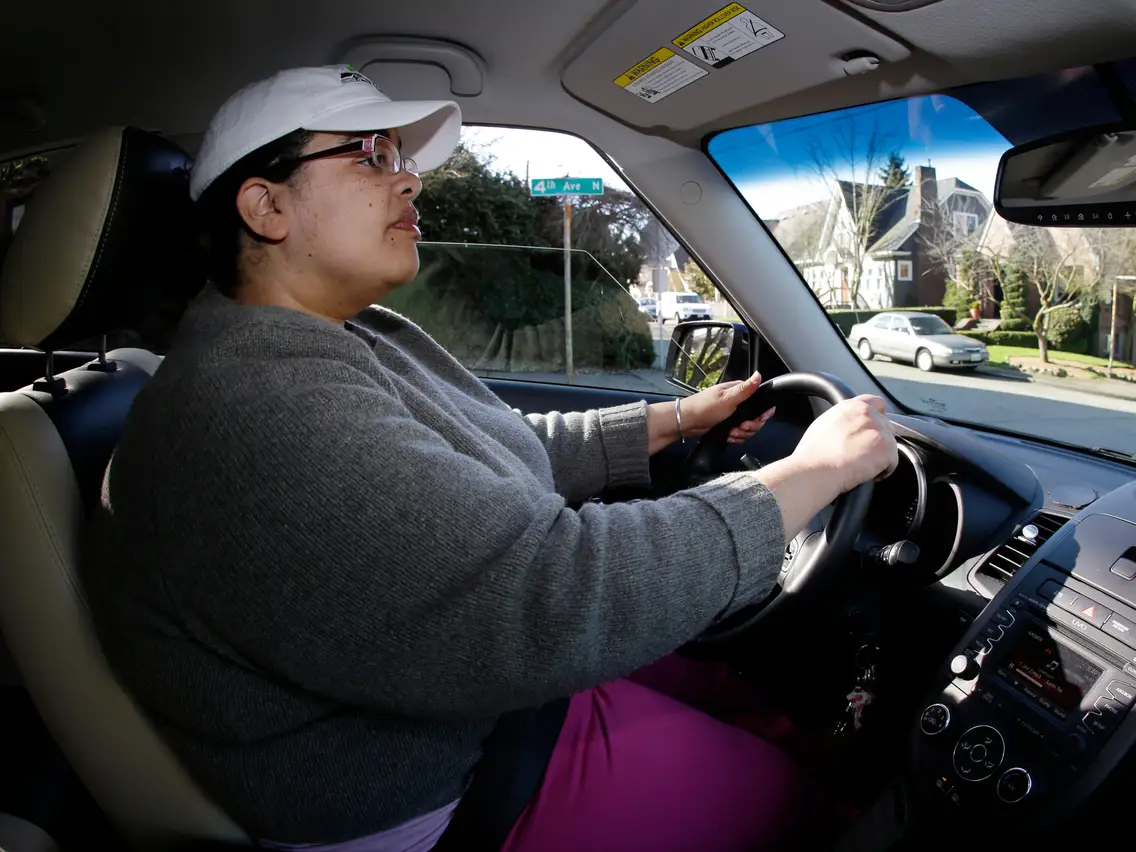In the bustling streets of Cleveland, George, an Uber driver since 2017, faces a common gig economy paradox. Last year, he grossed over $109,000 from his rides but netted only $17,000 after expenses—a stark reminder of the widening gap between earnings and profitability in ride-hailing services.

From Satisfied to Struggling: The Changing Tide of Ride-Hailing at Uber
The beginning of George’s journey with Uber was filled with excitement. “I used to sing the praises of Uber and recommend doing Uber to people looking for a business opportunity and one where a decent income can be made — but no longer,” he stated in an open and honest interview with Business Insider.
“I used to recommend doing Uber to all of those people.” His bewilderment is not an isolated occurrence. His attitude is shared by a large number of drivers, who, despite spending lengthy hours behind the wheel, report seeing declining revenues.
A Cleveland Uber driver who made $109,000 in 2023 but only took home $17,000 shares the 3 reasons he can't quit ride-hailing: 'I continue to run into a brick wall' https://t.co/AGkk1jbqKO
— Business Insider (@BusinessInsider) April 29, 2024
Last year’s earnings, though impressive on paper, translated to about $17 per hour after accounting for gas, maintenance, and other driving-related expenses, excluding depreciation and insurance costs.
“Now I’d have to drive around 10 to 12 hours per day, six days a week, if I wanted to make a large sum like I was able to years ago, by working maybe 30 to 40 hours a week,” George explained.
This shift is evident in the broader data too, with Gridwise, a data-analytics company, noting a decrease in average earnings per hour from $29 in 2022 to $25 in 2023 among Uber drivers.

Three Major Roadblocks to Changing Careers
Despite his desire to leave Uber for a more traditional job, George feels trapped by several factors:
- Financial Necessity: “I would only be able to earn, say, up to $20 an hour at a brick-and-mortar job, which would leave me in pretty much the same boat, so that’s not a solution,” he noted, emphasizing the limited job opportunities available without a college degree.
- Physical Health Concerns: A severe hip issue limits his ability to perform jobs requiring extensive standing or physical activity. “A 10-minute shower can leave me in excruciating pain,” he disclosed, highlighting the harsh realities faced by those with physical disabilities in the job market.
- Family Responsibilities: George also needs to provide transportation for his roommate, who has health issues. The flexibility of ride-hailing suits this aspect of his life well, complicating any potential career shift.
A Glimmer of Hope: The Truck Driving Option
One potential solution for George is truck driving, which offers higher potential earnings and could accommodate his physical condition. “The median driver makes about $54,000 a year,” he said, referencing data from the Bureau of Labor Statistics.
However, transitioning to this field would require overcoming hurdles such as training costs and time spent without income—a significant risk for someone already financially stretched.

The Complex Choices of Gig Workers
George’s story is a microcosm of the broader challenges facing gig workers today. As ride-hailing becomes less lucrative and the job market shifts, many like him are finding it difficult to pivot to better opportunities.
For drivers in Cleveland and across the country, the road ahead is fraught with economic potholes and personal obstacles, highlighting the need for more supportive policies and flexible job opportunities.
If you’re a gig worker with a story to share, consider reaching out to continue this important conversation about the realities of gig economy work.










